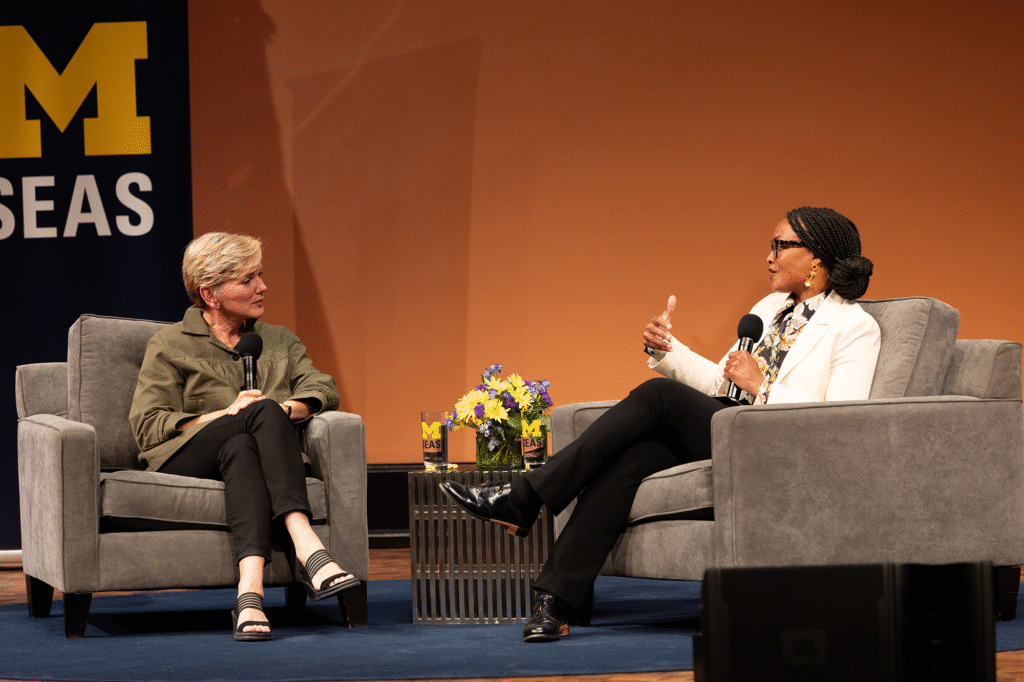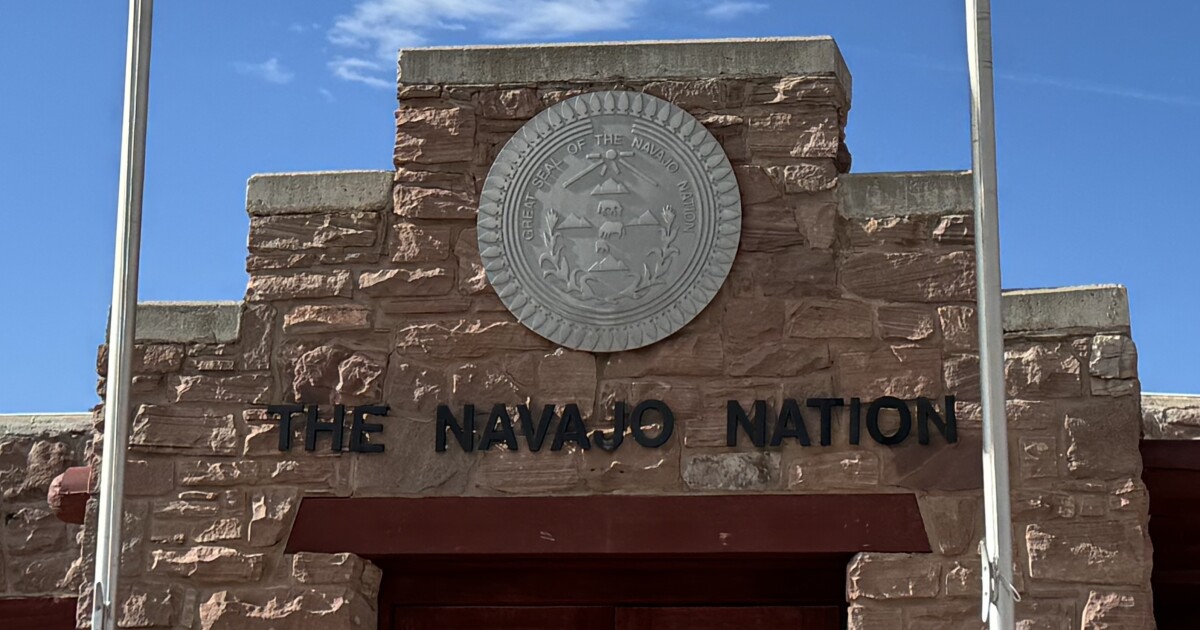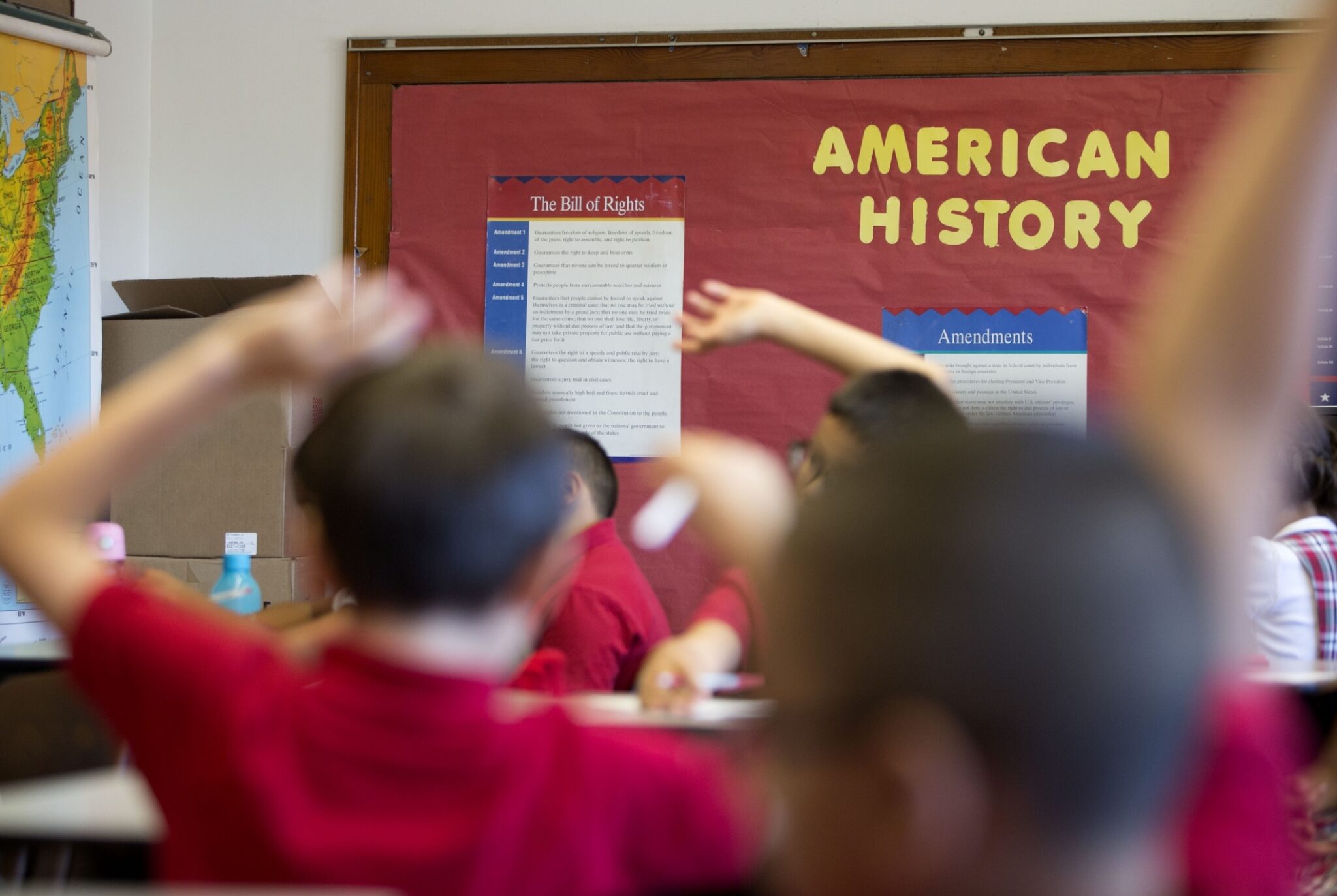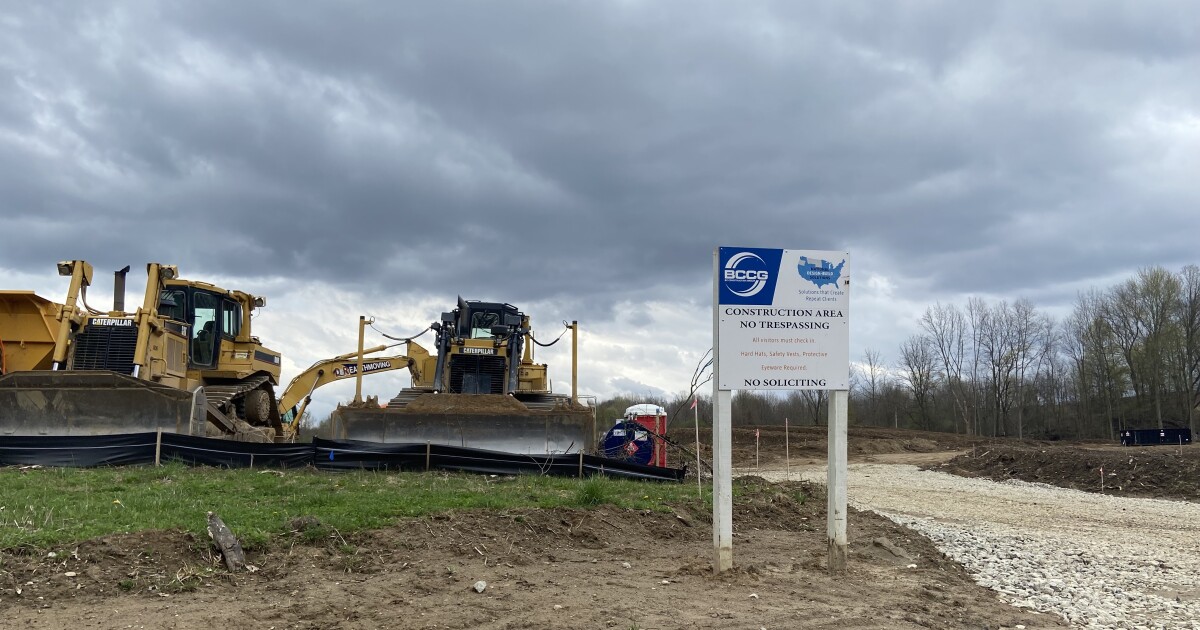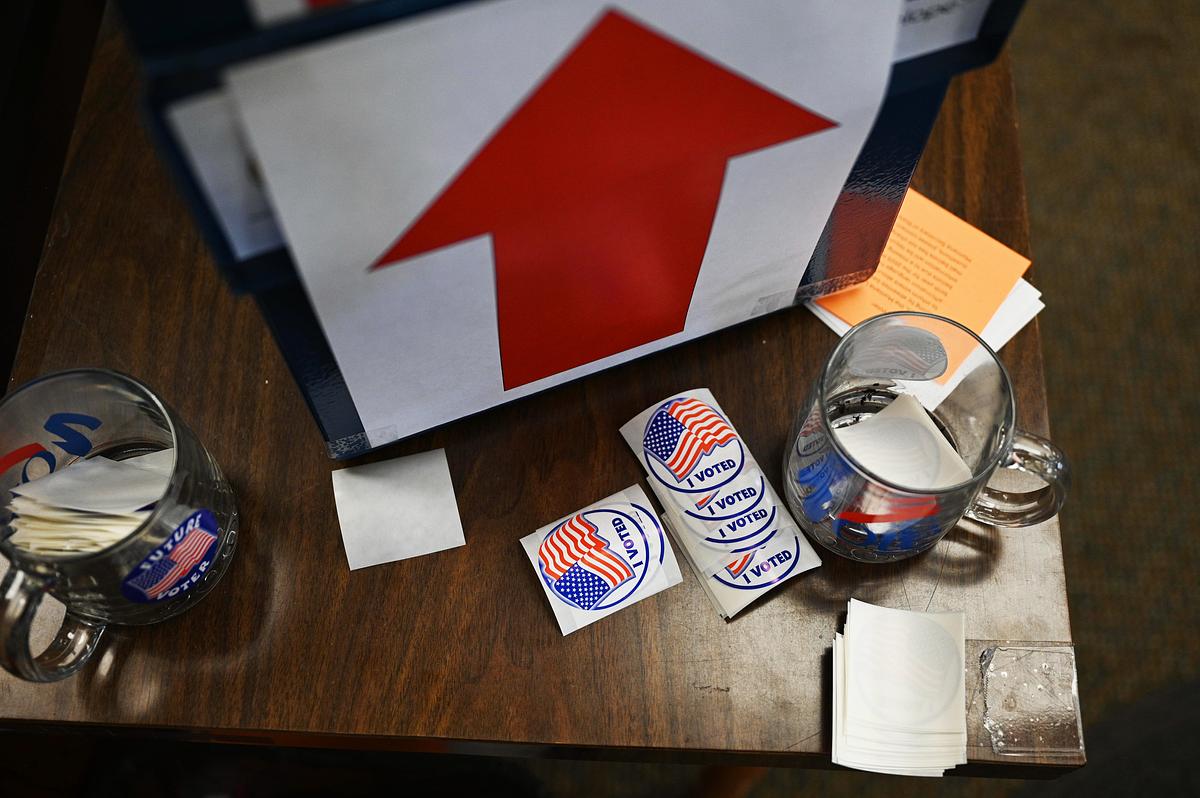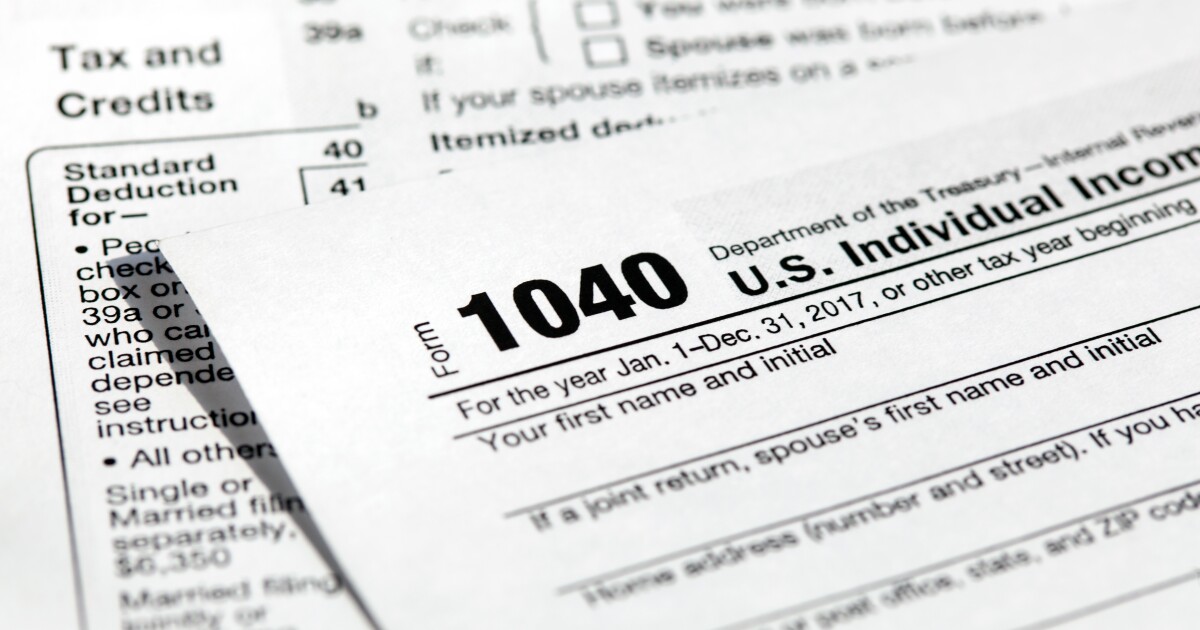Amid evolving federal policies, wind and solar power initiatives by states and the private sector signal substantial progress, according to former U.S. Energy Secretary Jennifer Granholm. Speaking at the Peter M. Wege Lecture on Sustainability on Sept. 30, Granholm highlighted optimism for renewable energy despite policy shifts. She noted the urgency to capitalize on existing tax credits, predicting a surge in deployment over the next two years.
Granholm referenced a report by the Solar Energy Industry Association, which projects nearly 250 GW of solar power by 2030. “The Hoover Dam equates to 2 gigawatts. So, we will have added to our nation’s electric grid by 2030, 125 GW or 125 solar dams worth of clean power,” she stated. This expansion reflects the potential impact of solar power on energy resilience and sustainability.

The lecture, attended by over 800 people at Rackham Auditorium, was part of U-M’s sustainability lecture series, backed by the School for Environment and Sustainability and the Gerald R. Ford School of Public Policy. Moderated by Shalanda Baker, U-M’s first vice provost for sustainability and climate action, it featured audience-submitted questions. Earlier, Granholm engaged with SEAS and Ford School students and faculty in Q&A sessions.
Granholm discussed advancing clean energy affordability locally by reducing “soft costs” of implementing clean energy solutions. Addressing the controversial issue of data centers and their resource demands, she suggested these centers could facilitate clean energy growth through strategic policy and utility partnerships.
Virtual power plants, she explained, could help manage energy needs efficiently. “If these huge data centers allow the local utility to use that data center to turn on the dimmer switch when they need more power, then the data center actually becomes a grid asset,” she said. Granholm emphasized that partnering with communities in data center developments could expedite the transition to clean energy, as it remains the cost-effective choice.

“At this moment, wind and solar are the cheapest forms of energy in most places,” Granholm emphasized. She envisions future technologies ensuring abundant clean energy, allowing future generations to focus on broader environmental challenges. Granholm also encouraged a “warrior ethos for the planet,” sharing a poignant prayer shared by U.S. Rep. Nancy Pelosi from South Africa, urging action and commitment to environmental causes.
—
Read More Michigan News

